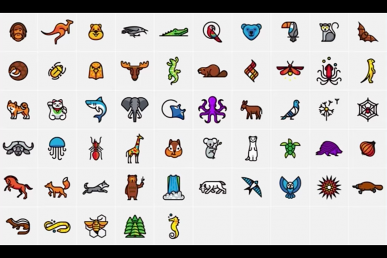OpenStack’s big tent keeps expanding, Vitrage is one of the newest projects to join.
Here’s a quick overview of the project how you can get involved from the project team lead (PTL).
What Vitrage is the OpenStack RCA (root cause analysis) service for organizing, analyzing and expanding OpenStack alarms and events, yielding insights regarding the root cause of problems and deducing their existence before they are directly detected.
Who Ifat Afek, PTL, a system architect at Nokia.
What new features/enhancements/fixes are expected for the Newton release?
Vitrage’s first release was Mitaka-compatible and it included Vitrage basic functionalities: root cause analysis, deduced alarms and deduced states. As Vitrage was recently accepted into the big tent, Newton will be its first official release.
Many enhancements are expected in Newton:
- Zabbix datasource will provide extended monitoring support, in addition to Nagios.
- New APIs for templates validation and , create, read, update and delete (CRUD.) Vitrage templates provide a way to configure the desired behavior in response to changes in the cloud, in an easy and human-readable way. A template contains scenarios with conditions and actions. For example, in case of a host NIC failure alarm (condition) perform two actions: modify the state of the host to ERROR, and raise ‘instance_unreachable’ alarm on every instance running on this host. The new template API introduced in Newton will make managing these templates easier.
- A puppet installation of Vitrage will be available.
- Vitrage evaluator algorithms will be improved, for example for supporting overlapping templates use cases
- Vitrage UI (horizon plugin) will be enhanced.
- We hope to also add a Heat datasource. Heat datasource will make Vitrage aware of the applicative layer and its relation to the underlying virtual and physical infrastructure. This will allow propagating physical layer alarms to the applicative layer. For example, as a result of a failure in the host NIC (detected by Nagios) Vitrage will raise an alarm on the instances running on this host, and in turn on the VNFs running on these instances. Such insights are currently missing in OpenStack.
What contributions do you need most from the community?
As a new project, we are looking for new contributors.
Contributors are welcome to suggest new use cases for Vitrage, help us write blueprints to implement these use cases, or implement some of the blueprints we already have.
Specific areas where we could use some help:
- We would like to add more datasources to Vitrage, like a Sensu monitoring tool. The more datasources Vitrage has, the better insights it will be able to provide.
- UI developers are welcome to help us enhance Vitrage UI.
Vitrage has some exciting challenges ahead, come and join us!
More information can be found in Vitrage wiki page: https://wiki.openstack.org/wiki/Vitrage
And you can check out the Vitrage latest demo: http://www.youtube.com/watch?v=tl5AD5IdzMo
Get Involved!
Use Ask OpenStack for general questions.
For roadmap or development issues, subscribe to the OpenStack development mailing list and use the relevant tag [vitrage]
The team holds meetings Wednesdays at 08:00 UTC on in #openstack-meeting-4 (IRC)
Cover Photo // CC BY NC
- OpenStack Homebrew Club: Meet the sausage cloud - July 31, 2019
- Building a virtuous circle with open infrastructure: Inclusive, global, adaptable - July 30, 2019
- Using Istio’s Mixer for network request caching: What’s next - July 22, 2019

)










